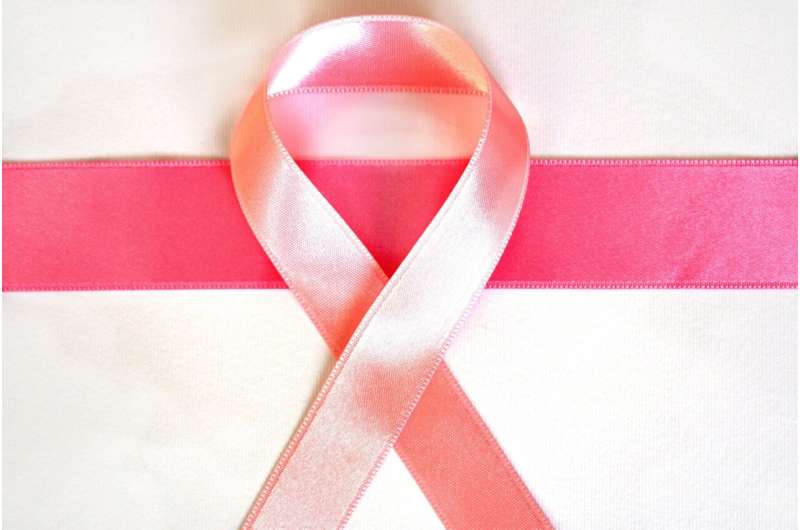New Insights into Alcohol-Induced Liver Damage: Formation of 'Pseudosynapses' and Inflammation Mechanisms

Recent studies reveal that alcohol damages liver cells, forming 'pseudosynapses' with immune cells to facilitate direct communication, triggering inflammation and liver injury. These findings open new possibilities for early diagnosis and targeted treatments of alcohol-associated liver disease.
Excessive alcohol intake leads to serious liver conditions, including alcoholic liver disease (ALD), which can progress to steatohepatitis and ultimately result in liver failure. Recent research from KAIST and Seoul National University Boramae Medical Center has uncovered a novel molecular mechanism underlying alcohol-related liver damage. The study reveals that damaged hepatocytes, or liver cells, tend to form specialized structures called 'pseudosynapses' with Kupffer cells—the liver's resident immune cells. These pseudosynapses resemble synapses found in the brain and facilitate direct communication between these cell types.
This interaction begins when chronic alcohol consumption increases the expression of VGLUT3, a transporter responsible for glutamate, leading to its accumulation in liver cells. Binge drinking then triggers rapid calcium fluctuations within hepatocytes, causing them to release glutamate. This glutamate binds to mGluR5 receptors on Kupffer cells, inducing the production of reactive oxygen species (ROS). The resulting pathway causes cell death and stimulates inflammation, contributing to liver injury.
A groundbreaking aspect of this research is the discovery that injured hepatocytes and Kupffer cells can physically attach through the pseudosynapse, allowing direct signal transmission—a phenomenon previously thought exclusive to neural tissues. This structure enables the damaged liver cells to send distress signals that activate immune responses and potentially promote liver regeneration.
The study also demonstrated that inhibiting key components of this pathway, such as VGLUT3, mGluR5, or NOX2 (an enzyme involved in ROS production), can reduce alcohol-induced liver damage in animal models. These findings were corroborated by analyzing blood and liver tissue samples from patients with ALD, confirming the relevance of the mechanism in humans.
Professor Jeong highlighted that these insights open new avenues for diagnosing and treating alcohol-associated liver conditions early and effectively. The research team, including co-authors Dr. Keungmo Yang and Kyurae Kim, believes targeting these molecular pathways can lead to innovative therapies for ALD, potentially halting its progression and aiding liver regeneration.
Stay Updated with Mia's Feed
Get the latest health & wellness insights delivered straight to your inbox.
Related Articles
Real-Time Imaging of Platelet Activity Predicts Blood Clots Before They Form
A groundbreaking imaging technique utilizing high-speed microscopy and AI enables real-time observation of platelet behavior, helping predict blood clot risks in heart disease patients and paving the way for personalized treatments.
Breakthrough in Breast Cancer Research: New Tissue Biomarker Linked to Aggressiveness and Survival Outcomes
A new study from NIH identifies stromal tissue disruption as a key biomarker associated with aggressive breast cancer and poorer survival, offering promising avenues for early detection and intervention.
Immune Tolerance Achieved in iPS Cell-Derived Neural Transplants for Parkinson's Disease
Recent clinical research highlights the successful use of allogeneic iPSC-derived neural progenitors in Parkinson's disease, demonstrating immune tolerance and reduced rejection risks, advancing regenerative medicine for neurodegenerative disorders.
Rise in Surgical Procedures Following Adoption of Holmium Laser Enucleation for Prostate Treatment
Introduction of holmium laser enucleation of the prostate (HoLEP) leads to a significant rise in urological surgical procedures, enhancing treatment capacity for benign prostatic hyperplasia.



